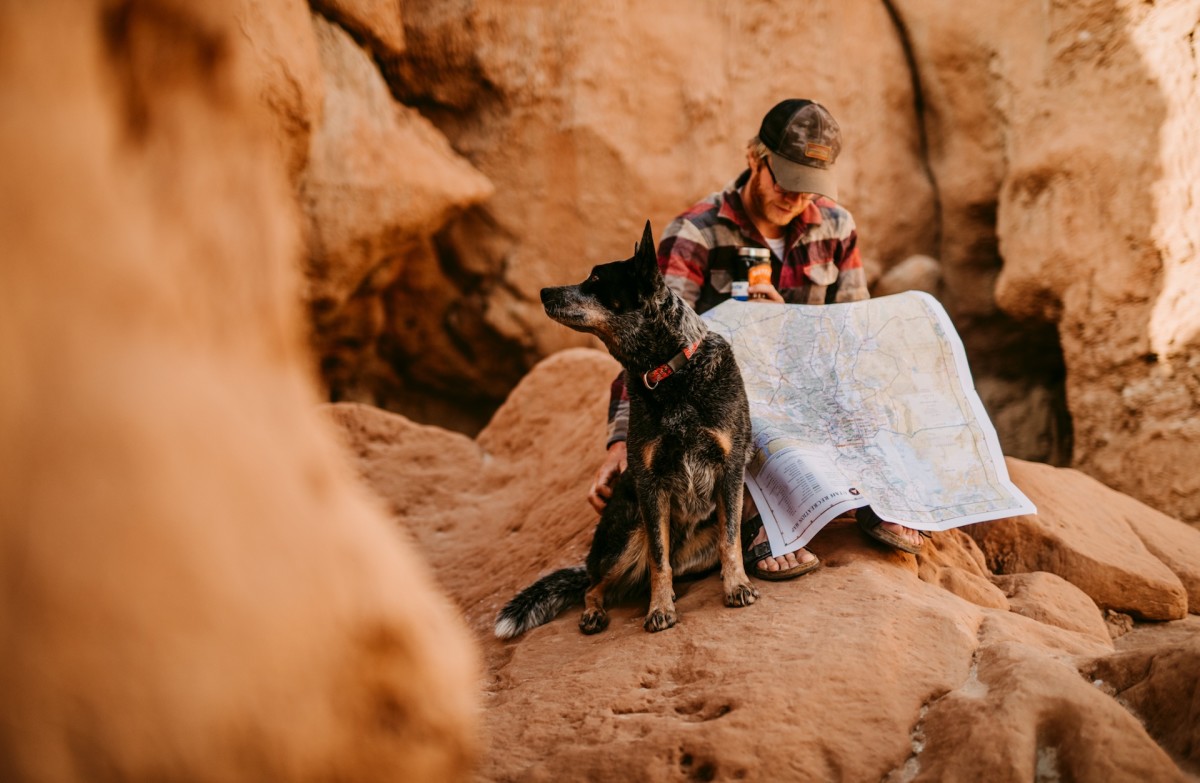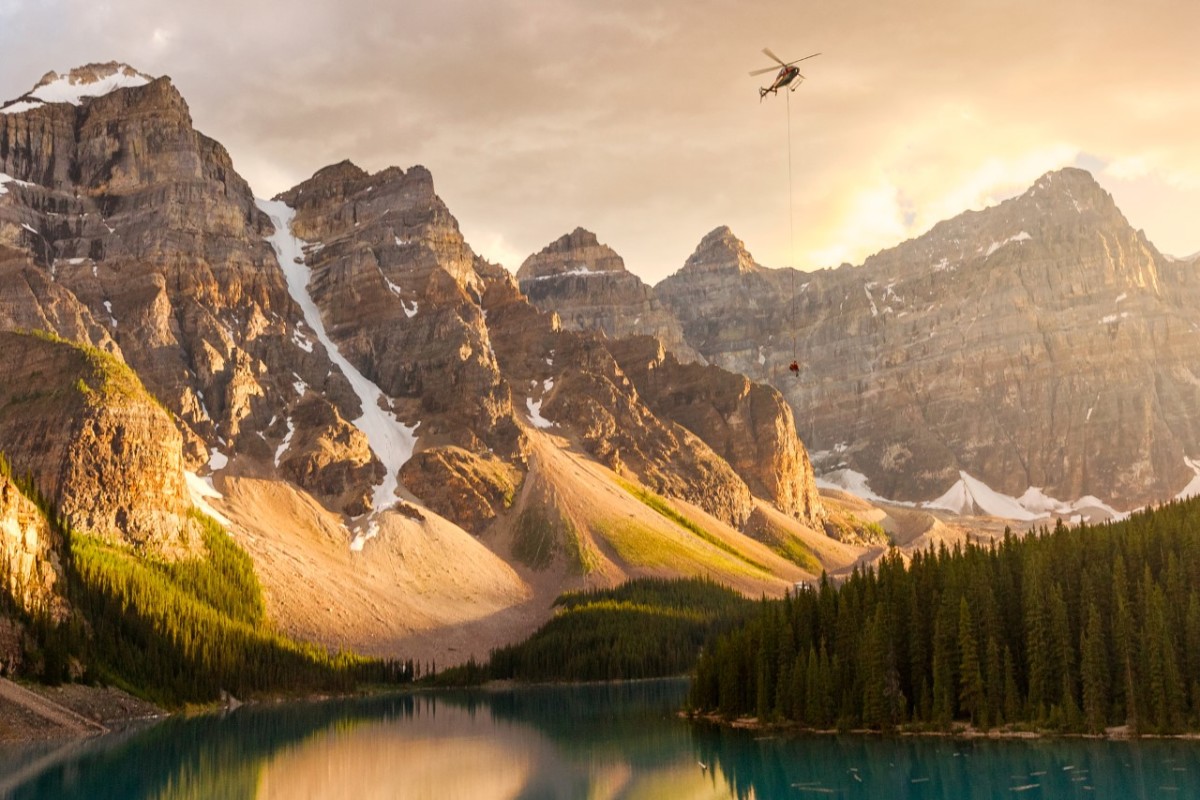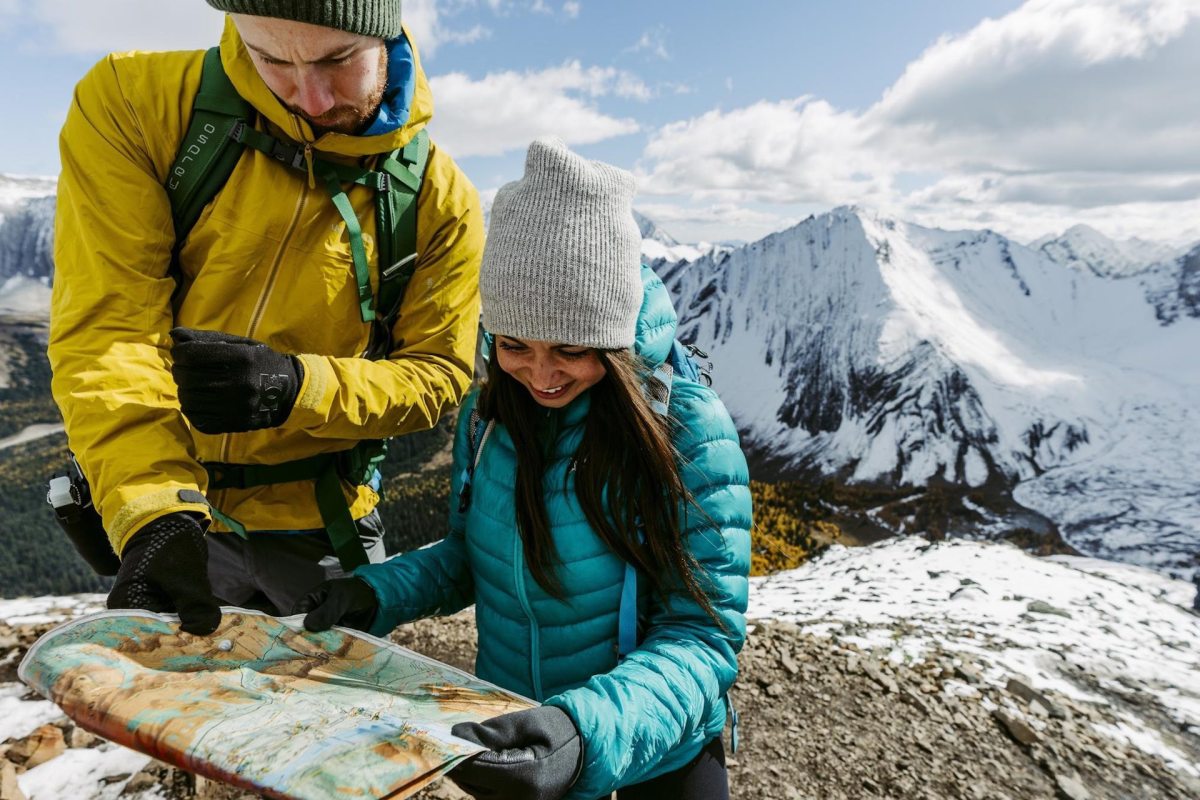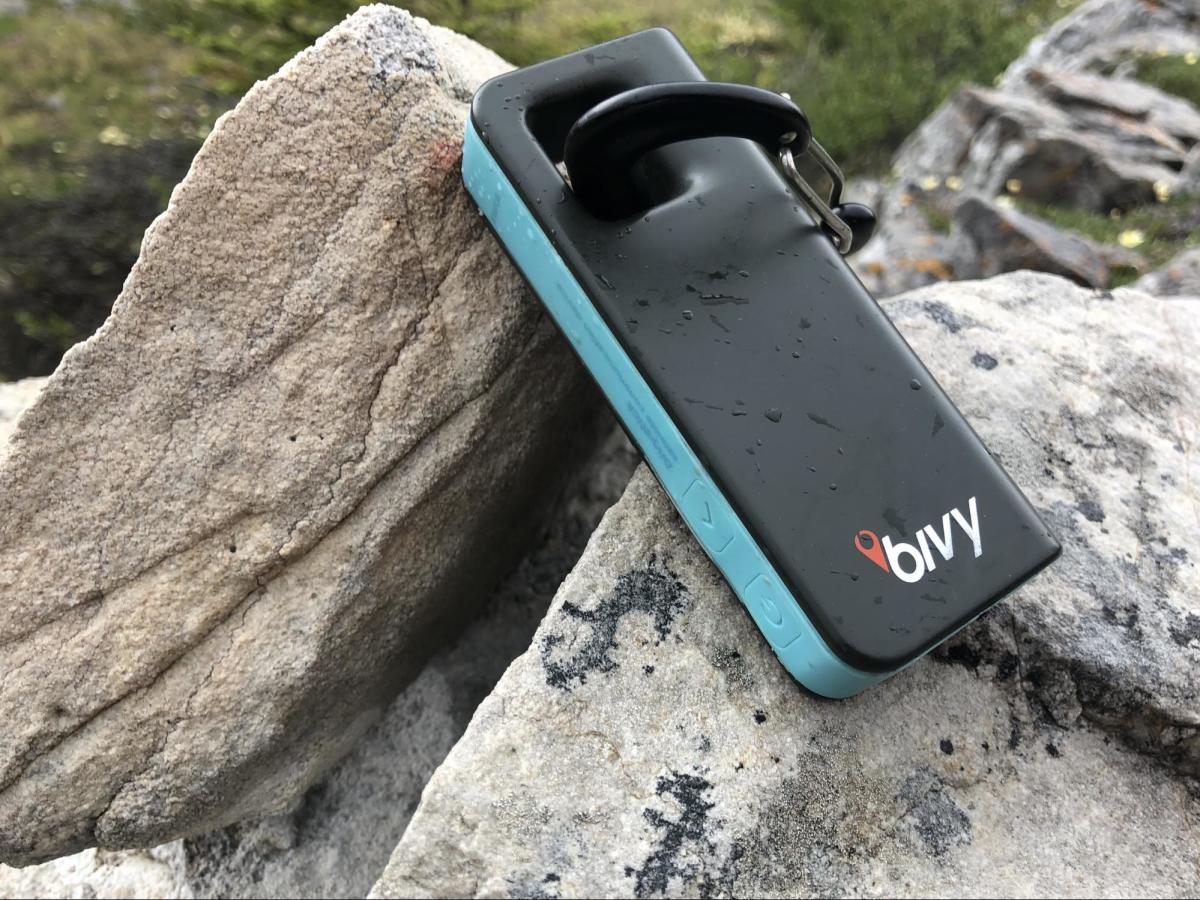10 Tips for Safe Backcountry Adventures
Accidents occur. From professional climbers to informal day-hikers, taking part in in wild open areas will be harmful. Fortunately, in some areas, there are organizations that will help you get house safely if issues go sideways. As extra folks get out to discover the backcountry, extra incidents will occur. We talked with Teton County Search and Rescue in addition to Banff Customer Security about what they need folks getting out into wild and distant areas would do to assist forestall incidents and, within the unlucky occasion, to make rescues extra seamless. The elemental place to start out, after all, is stopping an incident earlier than it occurs.
1. Select an acceptable journey for the present circumstances—that’s the place the recommendation begins for Conrad Janzen from Banff Customer Security. At all times verify the climate and circumstances for your space and goal. Should you can have somebody (or some system) ship updates whereas in your journey, this added measure can solely assist your choices within the subject.
2. Select the very best journey for the expertise stage of the group as an entire, says Janzen. Set your self and your companions up for success. In fact issues occur, however in the event you decide one thing throughout the group’s collective talent set and expertise, you possibly can handle your self and your group with extra ease. Simply because you are able to do one thing doesn’t imply another person can; many rescues happen as a consequence of over-estimated talents.

3. Deliver a paper map/route description and know tips on how to use it (from Janzen). As we grow to be extra depending on digitized gear, we are inclined to lose our analog orientation abilities (or don’t develop them within the first place). It may appear antiqued, however folks have been utilizing paper maps and compasses lengthy earlier than any GPS. When your batteries die, depend on printed maps to get house.
4. Inform dependable folks the place you’re going and while you count on to return again, says Chris Leigh of Teton County Search and Rescue. This can be a essential piece of journey planning. If one thing occurs whereas uncovered within the backcountry, rendering you unable to speak, your family members can enormously help rescuers with this key data.
“Go away an in depth route plan with a dependable individual in case you aren’t capable of name for help,” Janzen provides. “Having the small print of the journey plan, automobile descriptions, and what gear was taken on a visit can actually assist velocity up searches and supply data on the potential urgency of an overdue individual or group.”
5. Carry an emergency communication system. Simply as essential as bringing a backup map, Janzen notes how new units have made communication really easy that they need to grow to be an everyday a part of your package. A two-way communicator helps rescuers make the absolute best choices that will help you.
“Additionally, know the place you’re and tips on how to talk it,” Janzen provides. “With the ability to ship correct location data within the type of native place names, latitude-longitude, or different coordinate strategies actually hastens emergency response instances and helps rescue teams deliver the suitable sources.”

6. Keep put, particularly after you contact search and rescue. Leigh factors out that in the event you get right into a scenario the place you’re misplaced, injured or cliffed out, rescuers ask that you simply please keep put. Sure, there are these courageous tales of people that self-rescue from harrowing conditions, however most of the time, meandering round whereas injured could make a foul scenario worse.
“Attempt to be seen from the bottom or air relying on what kind of rescue is required,” says Janzen. “Place your self in open areas that may be seen from a distance. Make noise in the event you hear rescuers coming by floor. Wave brightly coloured clothes and shine a lightweight from a headlamp or cellphone towards rescuers in case you are attempting to be seen from a distance or from the air.”
7. Carry some kind of mechanism to start out a hearth. Leigh advises the necessity for backcountry vacationers to deliver instruments to start out fires, like both waterproof matches, or a bit of cotton wadded up in gasoline and contained. This may actually be a lifesaver for heat and, doubtlessly, for serving to rescuers discover your location. Nonetheless, it is very important handle the fireplace correctly and solely helpful beneath tree line (above tree line, rescuers ought to see you).
8. Deliver spare clothes and an emergency tarp/shelter, says Janzen. Climate can change quick, so it’s crucial to have the precise clothes. Additionally, rescuers can’t at all times come at evening, so in case your incident occurs within the night, you’ll possible must spend the evening out. So be ready for that ‘simply in case.’
“Severely injured sufferers can cool in a short time even on a heat day,” says Janzen. “Insulate sufferers from the bottom and canopy them with heat layers to assist take care of accidents. Heat clothes and a tarp additionally assist misplaced or delayed individuals who find yourself spending an unplanned evening within the subject.”

9) At all times take a primary assist package. Leigh factors out what may appear an oversight. However there are such a lot of light-weight, compact first assist kits now accessible, that there’s actually no excuse to not carry one—particularly if its content material can assist cease a bleed that in any other case could possibly be deadly, or reduce different accidents to prep an injured celebration member for a rescue.
10) Deliver a headlamp, Janzen notes, with good batteries. Many people carry headlamps in our kits or vehicles; many people don’t really ensure they’re charged, nonetheless, or have working batteries. At all times verify earlier than you go.
Authentic supply: https://www.mensjournal.com/adventure/backcountry-safety-advice-from-search-and-rescue-experts/





Comments
Post a Comment